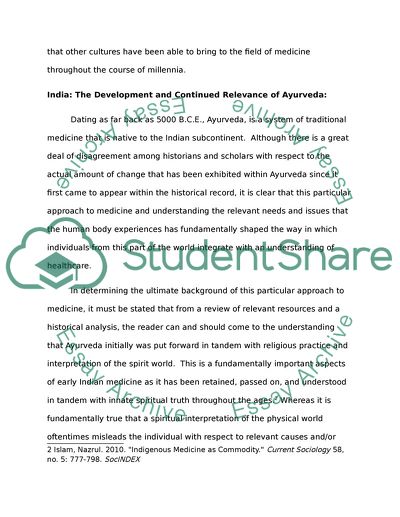Cite this document
(“Medicine in the Ancient and Medieval World Essay”, n.d.)
Medicine in the Ancient and Medieval World Essay. Retrieved from https://studentshare.org/history/1633580-medicine-in-the-ancient-and-medieval-world
Medicine in the Ancient and Medieval World Essay. Retrieved from https://studentshare.org/history/1633580-medicine-in-the-ancient-and-medieval-world
(Medicine in the Ancient and Medieval World Essay)
Medicine in the Ancient and Medieval World Essay. https://studentshare.org/history/1633580-medicine-in-the-ancient-and-medieval-world.
Medicine in the Ancient and Medieval World Essay. https://studentshare.org/history/1633580-medicine-in-the-ancient-and-medieval-world.
“Medicine in the Ancient and Medieval World Essay”, n.d. https://studentshare.org/history/1633580-medicine-in-the-ancient-and-medieval-world.


